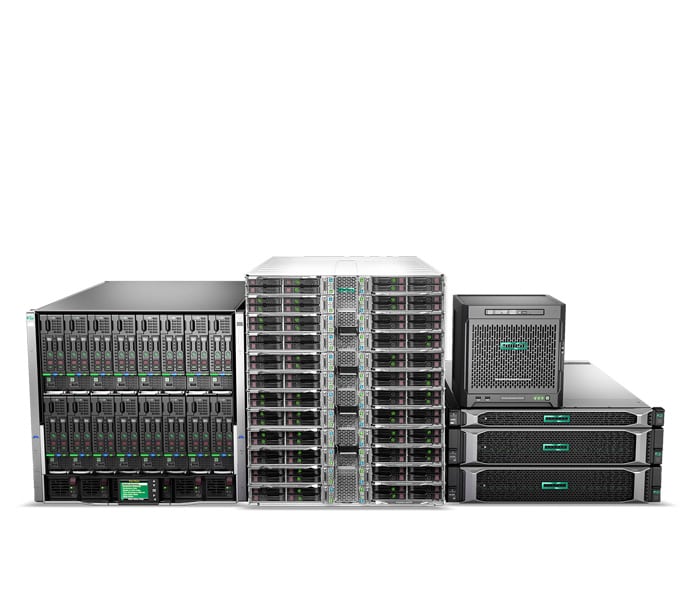The process of network point installation for a business or campus

Why maintaining network infrastructure for communication is crucial during times of crisis (Covid-19)
September 14, 2020What is onsite and offsite support?
November 10, 2022Businesses and campuses are two spaces that require a large network in order to connect to the wide range of equipment used. To do this, a business or campus will need various network points installed around the property to ensure fast, reliable and secure connections. The network point installation process is not simply about placing network points in different locations, but instead requires systematic planning.
Some areas that must covered in the process of network point installations:
Usage requirements
The first part of the network point installation process is all about planning. You’d need to plan the installation according to the requirements of the space and the people within it. What this means is that you need to consider the size of the space, the number of devices that your network points will need to support, and the physical arrangement of equipment and furniture, all to ensure an open flow of information and collaboration of teams. Devices to be considered include printers, computers, UPS’s, telephony systems, audio visual equipment, security systems, access control and more.
Consider future plans
The next factor to consider is your future plans. If you intend on expanding your business or campus in terms of space or devices in the near future, it is imperative that you incorporate this into the process of network point installations as a means of allowing the necessary room for growth. This covers network point locations, possibly installing additional points, size of switches installed, and looking at the type and amount of data, voice and video transmissions that the network will likely need to handle moving forward as this will also affect the type of network cabling installed.
Cable placement
The final part of the process includes the cable placement. The first matter to tackle would be the type of cables that will be used. This is decided largely by intended use, scale of the project and budget. Once this has been decided, it is essential to carefully choose the placement of the cables. To do so, you will need to look at the building regulations, layout with the use of floorplans, current network infrastructure in place, as well as company preferences.




